The time of OLED TVs is over - make way for QD-OLED
Opinion: QD-OLED is taking over
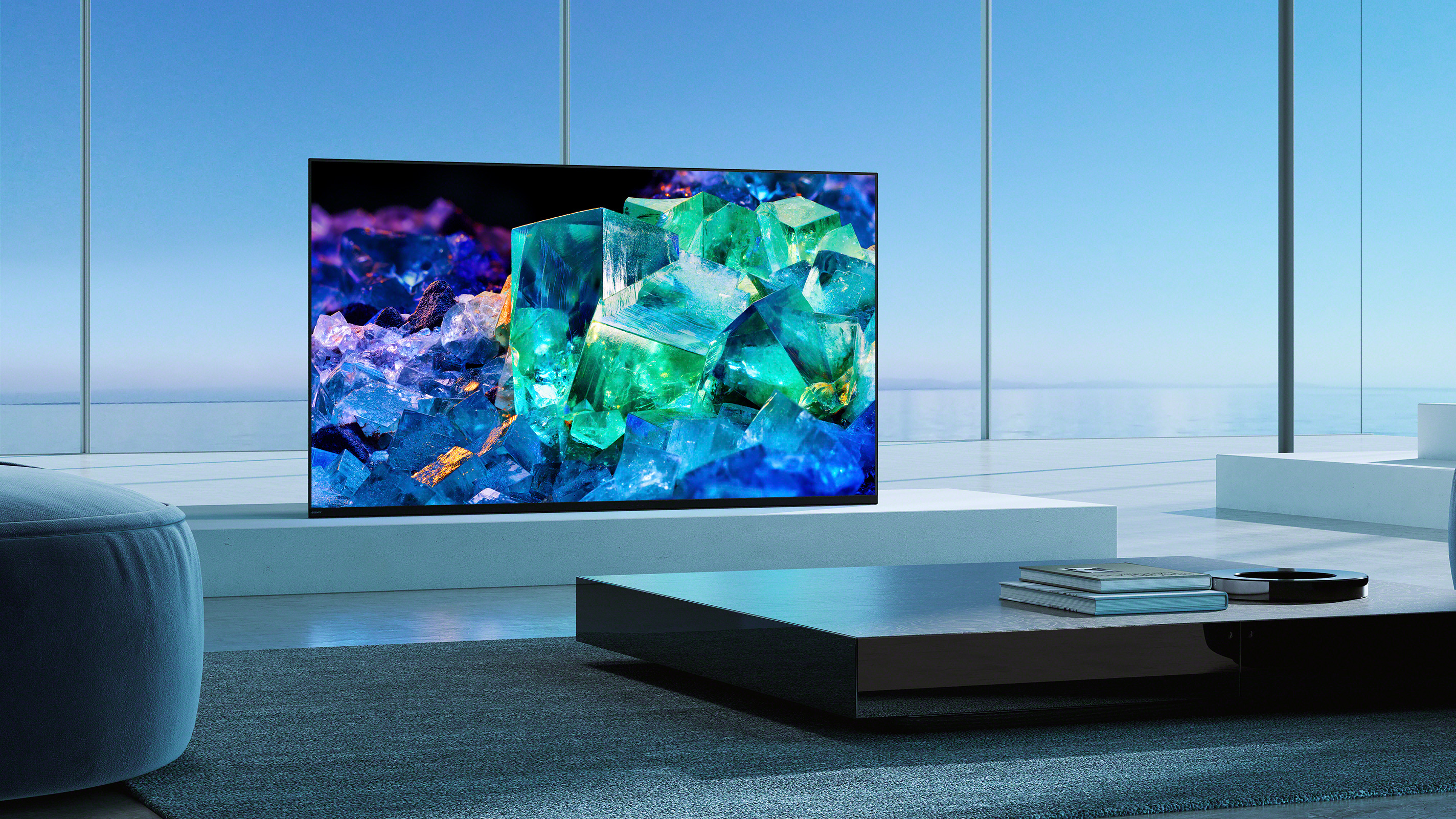
Regular OLED panels have often found themselves amongst the best TVs for their excellent picture quality, outstanding contrast and deeper blacks – OLED can deliver much better contrast than what LED displays could ever achieve. But there has always been one shortcoming, brightness. OLED TVs have generally always struggled to make the best of this stunning picture quality, with screen glare being an issue.
Samsung looked to change this in 2022 with the release of the S95B, introducing the world to QD-OLED technology. This combined the deep blacks of an OLED TV with the brightness of QLED tech used in Samsung’s TVs in order to provide a brighter, more vibrant picture. The S95B succeeded in doing just that. As we noted in our review, its peak brightness measured at 1,060 nits, which beats the brightest regular OLED on the market, the LG G2, that has a peak brightness of 960 nits.
The Sony A95K, a TV with unbelievable picture quality that is easily one of the best OLED TVs on the market, is another great example of the next-generation capabilities of QD-OLED. Yes, it doesn’t reach the brightness levels of the S95B, but you can easily look past that for its amazing picture.
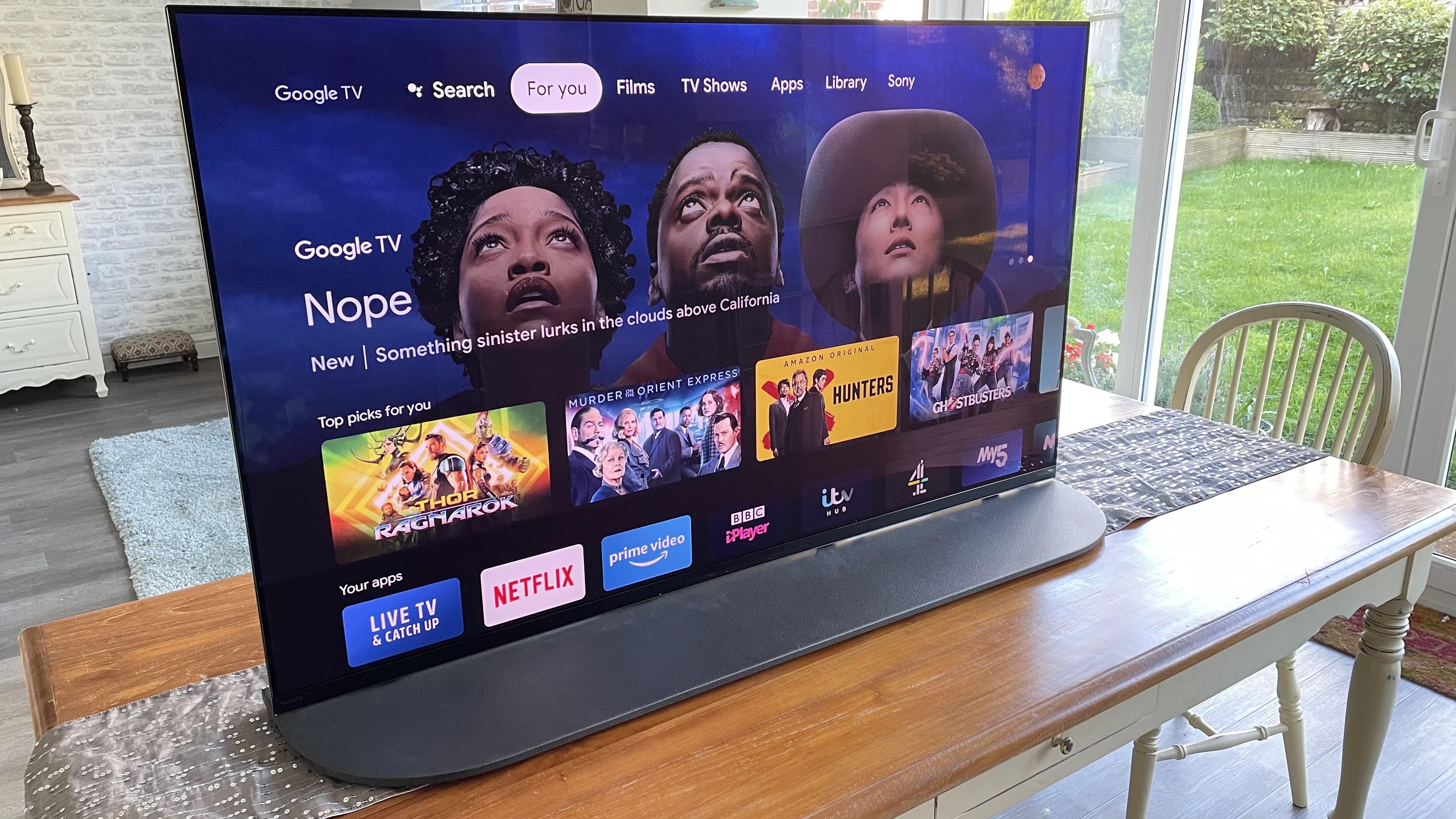
But it wasn’t all great news for QD-OLED. Samsung found that it sold 350,000 units compared to its target of 600,000 (via Sammobile). What caused this disappointing number? It comes down to price, especially in the case of the Sony A95K that debuted at $2,999 / £2,399 / AU$4,995 compared to its closest rival, the LG G2, which at launch debuted at $2,199 / £2,099 / AU$3,399. The LG G2 was launched in March 2022, while the Sony A95K was launched in June 2022, which meant that LG could discount the TV further. Regardless of the price though, regular OLED TVs were still the top choice for people.
In 2023, two new TVs from Samsung debuted – the S90C and the S95C. In our reviews, we measured peak brightness for these two TVs at 1,100 and 1,400 nits, respectively. Probably a slightly more important factor was they both had stunning images and features that matched the LG's W-OLED (white OLED, the regular OLED panel that lacks the quantum dot layer found in QD-OLED sets) TVs with no problem.
The S95C comes with the hefty price tag you expect from QD-OLED so does this mean W-OLED is safe? It doesn’t. In March 2023, we said that the end was nigh for regular OLEDs and now, that time is here. QD-OLED TVs are the TVs we’ve been waiting for.
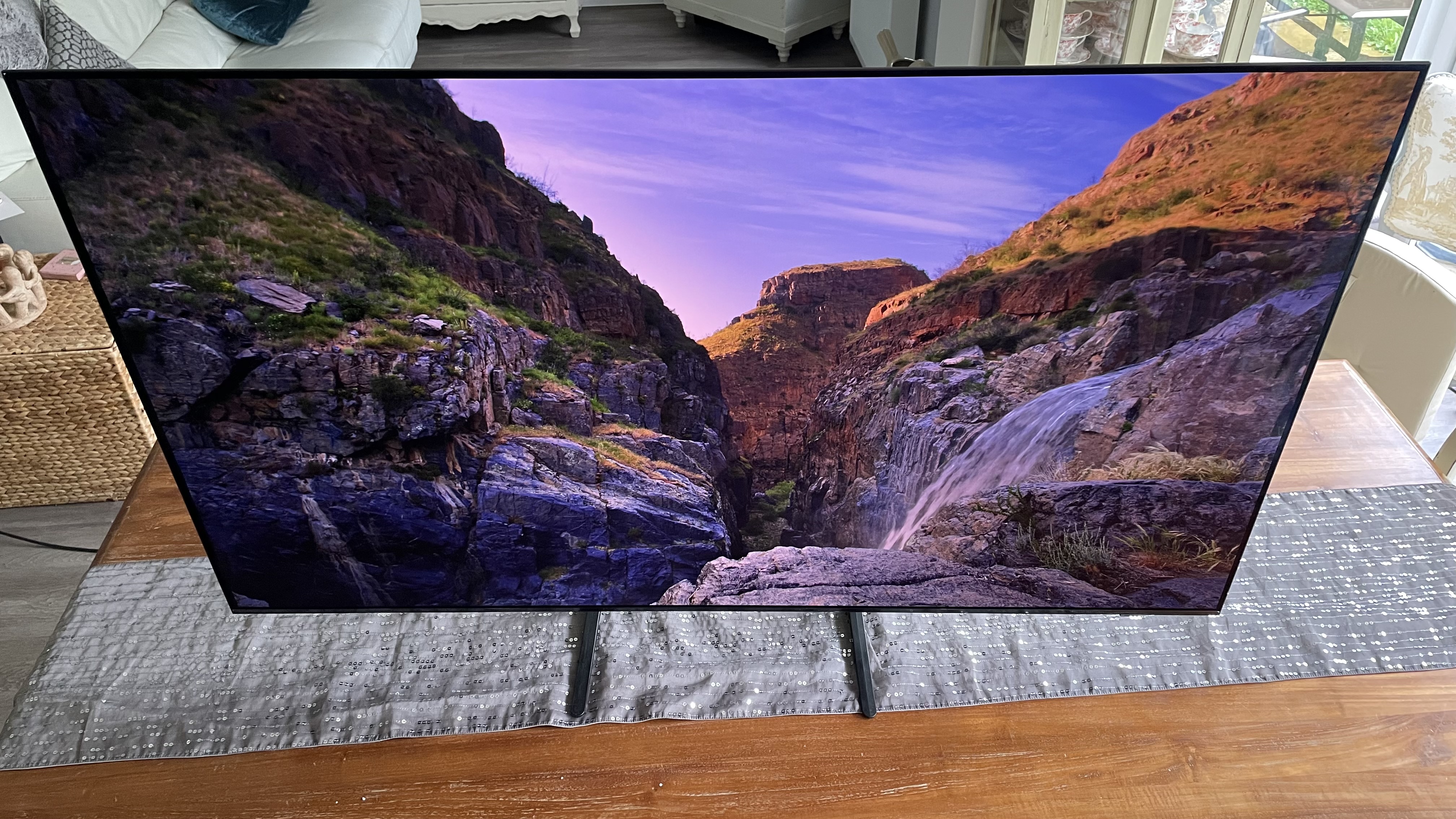
Samsung’s S90C: the W-OLED’s harbinger of doom
As we said above, the Samsung S90C doesn’t carry the same brightness as the S95C (or even a lot of mini-LED TVs), but it does hit a sweet spot. The S90C is bright enough to handle a lot of the glare problems that W-OLEDs suffer from. The 1,100 nits measured in the S90C are much higher than one of its rival OLEDs, the LG C3, which measured at 830 nits peak brightness.
Get daily insight, inspiration and deals in your inbox
Sign up for breaking news, reviews, opinion, top tech deals, and more.
If you like to watch your TV in more darkened conditions, we said in our S90C review that some people may prefer the "slightly gentler, less explosively dynamic look" of the S90C in comparison to the S95C or, say, a much brighter mini-LED TV. The S90C really does cover lots of lighting conditions, and with a load of gaming features as well, it sits among the very best gaming TVs.
Not only this, but the S90C has a refined and rich picture with vibrant colors that a lot of TVs could only hope to achieve. Thanks to the improved brightness and detail within the S90C, it even tops the much-lauded S95B.
Now, why is the S90C the "harbinger of doom" for traditional OLED and not the S95C or the sensational Sony A95K? It comes down to value for money. The S90C is significantly cheaper than either of these models and as a bonus, it’s just roughly $100 more than the LG C3! So you’re getting an exciting QD-OLED with a lower price tag, and that’s exactly what we like to see.
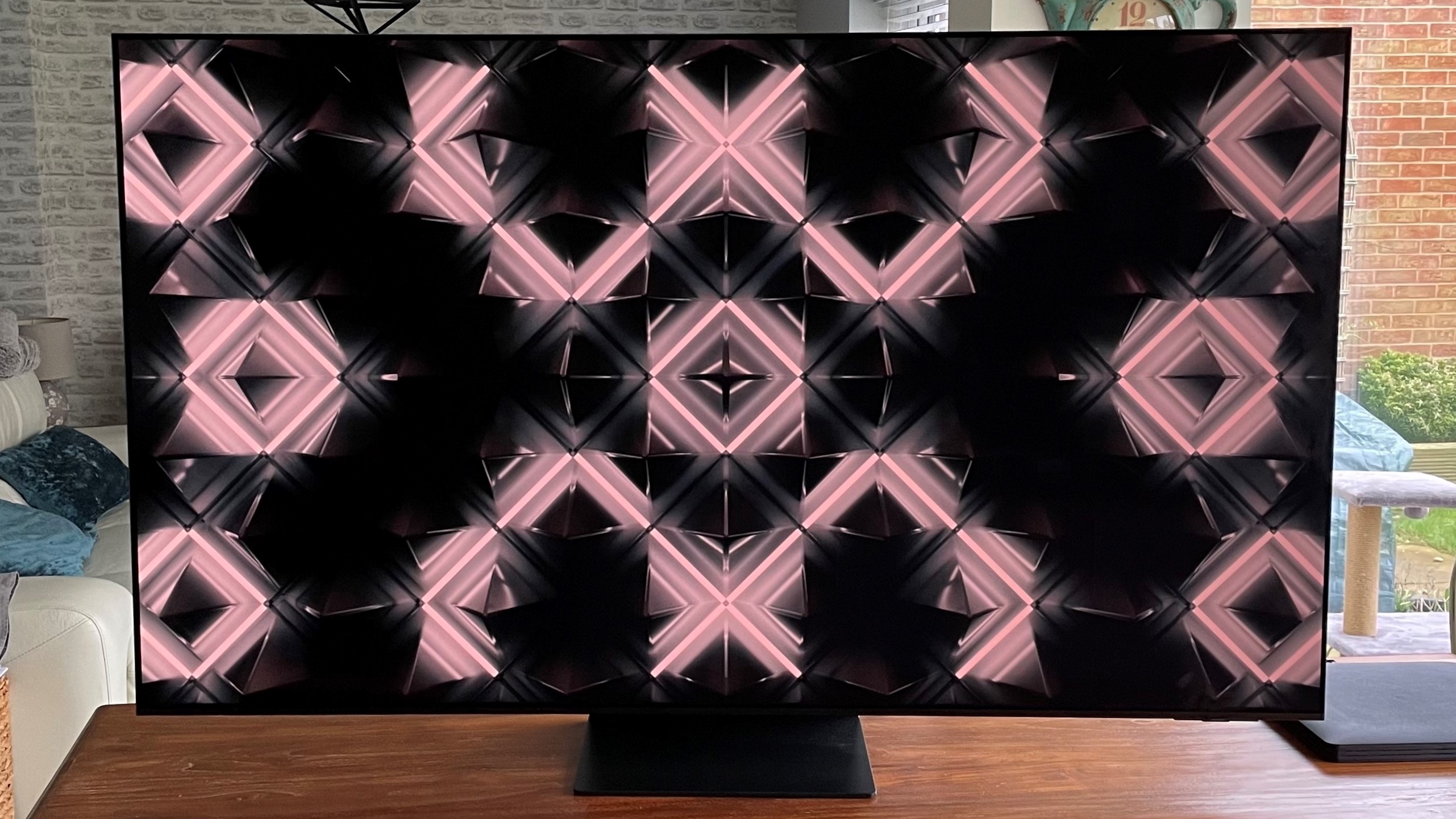
Seeing is believing
During my time working for a major UK-based TV retailer, I witnessed the arrival of QD-OLED and its impact on the TV market firsthand. Before QD-OLED screens arrived, W-OLED was the clear favorite of customers. Brand loyalty often decided which OLED these people would go for, be it LG, Sony, Panasonic or Philips, but the trend was clear, OLED was the top dog.
Then, the Samsung S95B and Sony A95K arrived in 2022 and brought in the QD-OLED era. Customers, and needless to say the staff, were drawn to these TVs because the picture balanced everything so well. I didn’t think it could get better, and then the Samsung S95C arrived in 2023.
As the 77-inch S95C was mounted on the wall, it looked very sleek, thanks to its razor-thin body. Immediately, we tried all sorts of movies on it, like Top Gun: Maverick, The Batman and Star Wars. With these playing through one of the best 4K Blu-ray players, the Panasonic DPUB9000, the picture was sensational and captured all the best parts the QD-OLED from 2022 had brought to the table and amplified them.
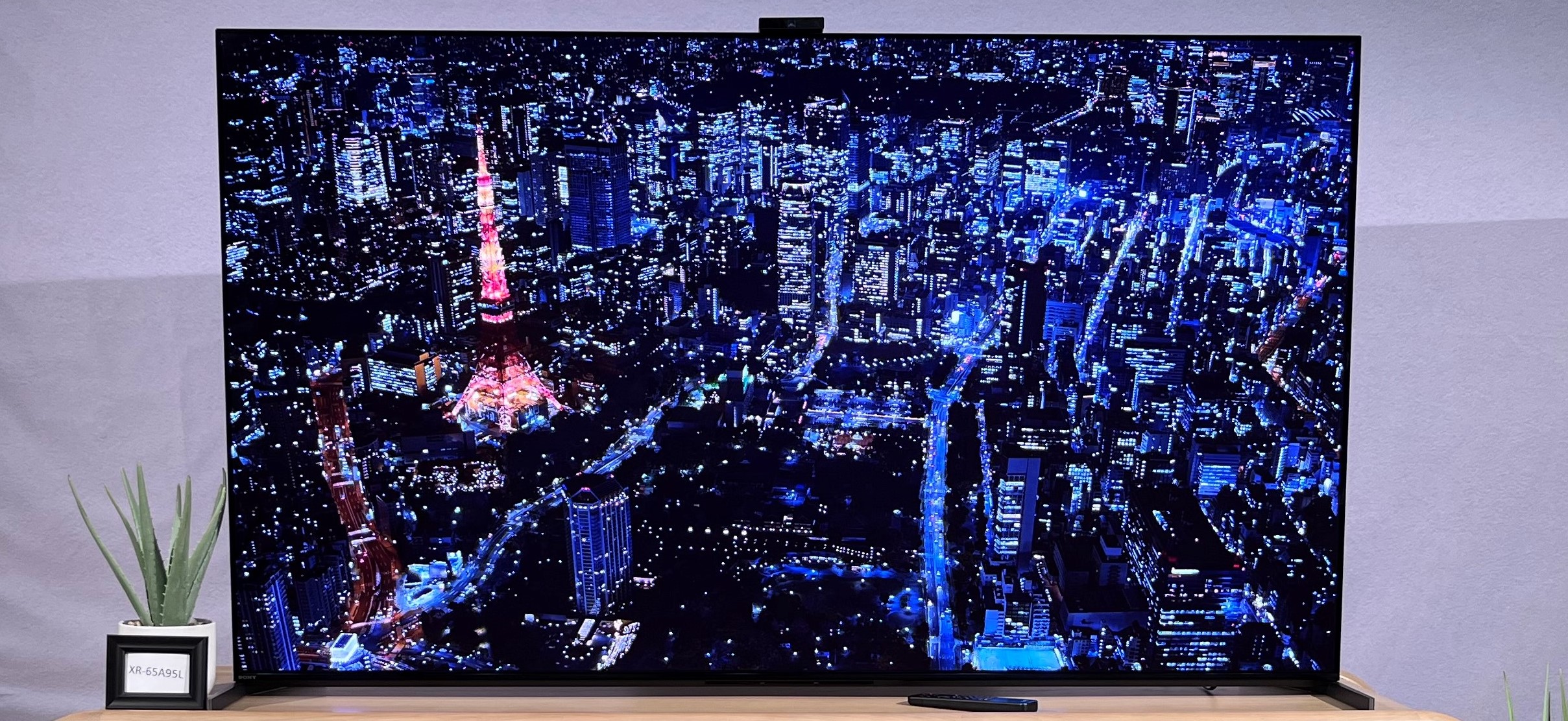
Is the best yet to come?
We're still in the relatively early days of QD-OLED technology, so, hopefully, it can only be improved from here. We’re already seeing budget TV brands like TCL jump on the QD-OLED bandwagon, but not by using the display tech in its 2023 TV lineup. Instead, the brand’s recently launched QD mini-LED TVs are borrowing the term ‘QD’. It’s worth noting though that they are simply mini-LED TVs and do not use the QD-OLED display tech.
When we had a hands-on with the Sony A95L, which wasn’t even completely ready, we were blown away by its image quality. Even though it was only available to view in the often inaccurate and overblown Vivid picture mode, we said: "picture detail, unsurprisingly, was excellent, with the new A95L even appearing to beat last year's model (A95K) on this parameter." The A95L appears to have taken things to the next level, and we can’t wait to get a thorough test of it.
Although W-OLED isn’t technically dead just yet, with Samsung even reaching a deal with LG to use its OLED panels, OLED is already having to evolve. The LG G3 uses a Micro Lens Array (MLA) panel to increase its brightness by up to 70%, according to LG. For what it’s worth, I think QD-OLED has already won. It has superior picture quality that regular old OLEDs could only dream of achieving. I say OLED is dead, long live QD-OLED!
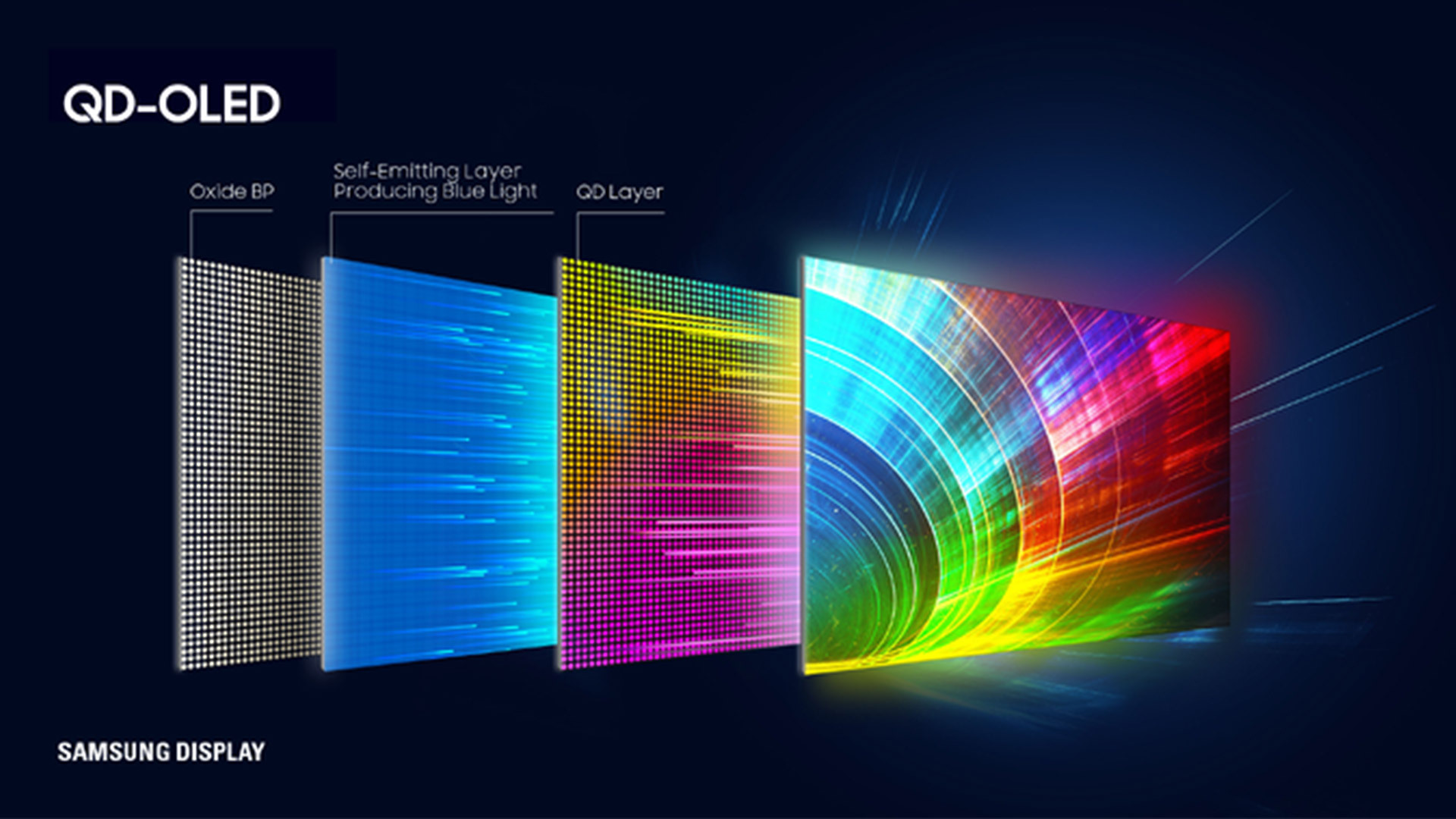
You might also like
- Samsung S90C - best TV deal of 2023
- Best 55-inch TVs - featuring QD-OLED
- Sony A95L vs Samsung S95C - battle of the QD-OLEDs
- Today's best Labor Day TV sales

James is the TV Hardware Staff Writer at TechRadar. Before joining the team, he worked at a major UK based AV retailer selling TV and audio equipment, where he was either telling customers the difference between OLED and QLED or being wowed by watching a PS5 run on the LG 65G2. When not writing about the latest TV tech, James can be found gaming, reading, watching rugby or coming up with another idea for a novel.